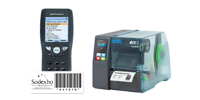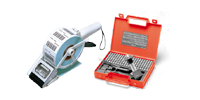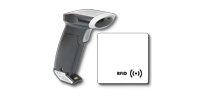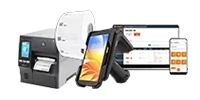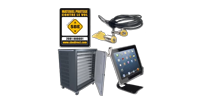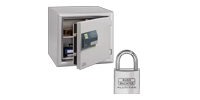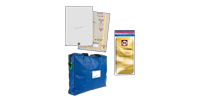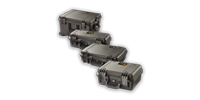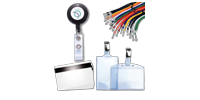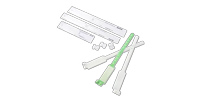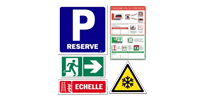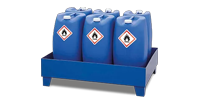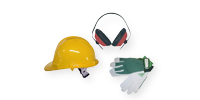When it comes to personalising clothing, a heat press is your best friend. To heat set patches, iron-on labels or other ink transfers on your garments, a heat press is the best option.
What is a heat press
A heat press is a customised marking solution mainly used for flocking.
This machine allows you to print text, logos or images on textiles. You can print on different types of textiles, clothes, jeans, caps or even bags.
So we know that a heat press is used to place fabrics, but what is flocking? Flocking is a textile marking technique that is perfect for logos, nicknames, numbers or personalised designs if you are doing illustrations.
This technique consists of gluing the ’flex’ which is a vinyl material that has a smooth appearance or the "flock" for a velvet look and feel to the textile of your choice. The flex or flock can be heat-bonded with a heat press.
It is also possible to iron on labels or patches for this purpose.
A heat press has many advantages:
- It is very easy to use and the process is also relatively fast.
- Heat presses are good value for money. They are much cheaper than a DTG printe
- Heat presses are robust and reliable.
- They can be repaired very easily and cheaply.
Now that you know what textile heat presses are for, let’s see how to use them.
How to use a heat press?
The heat press should be set up on a flat surface such as a work surface, desk, table, etc. so that it is level for the iron-on operation.
Most heat presses work in the same way, you need to place your fabric on the hot plate with the patch, label or flex positioned on the garment where you want it.
Next you need to set the heat, for this step it is important to know what temperature is needed for your design to adhere properly.
When locking, be careful if it is not magnetic. It can be easy to injure yourself at this stage.
Once the heat up time is over, open the tray if it is not automatic, be careful some heat presses do not turn off automatically, if you do not remove your clothes it may damage it.
It is important to note that the use of heat presses will depend on the model you buy. There are many different models of machines:
- Manual heat presses without automatic opening
- Manual heat presses with automatic opening, with or without pneumatic membrane
- Double platen heat presses with automatic pressure
- Single or double automatic platen heat presses.
What is it used for?
As previously mentioned, heat presses are used to flock fabrics, so this press can be used in different situations.
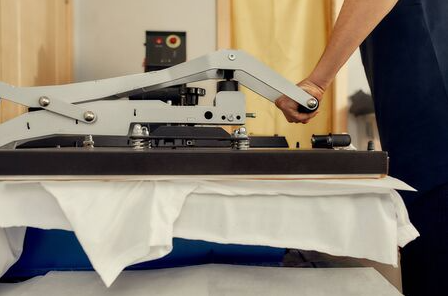 For customisation companies.
For customisation companies.
Many companies offer customisation on different types of fabric, T-shirts, caps, aprons...
These customizations can be done for birthdays, Christmas, Valentine’s Day etc...
For universities or schools of higher education.
In this type of establishment, it is common to customise T-shirts or sweatshirts with the logos of associations and the nicknames of students or during events.
Some institutions decide to hire an external person for this, but the costs are quickly higher.
Companies that use illustrations.
There are also mini-companies that buy heat presses to create a unique brand with original designs and illustrations. These garments are often available in limited quantities.
Also, these companies often collaborate with illustrators or designers.
How do you set up a screen printing workshop?
If you want to print or patch on textiles, you can do so at a lower cost in the beginning.
To get started, you will need a printing machine, an insolator, a protected shelf for your chemicals, a heat press and a small washing tank.
You will not necessarily need large openings for the ventilation of your workshop, as the use of water-based inks or Plastisol allows you to make do with little ventilation.
Now you know everything about textile heat presses.

